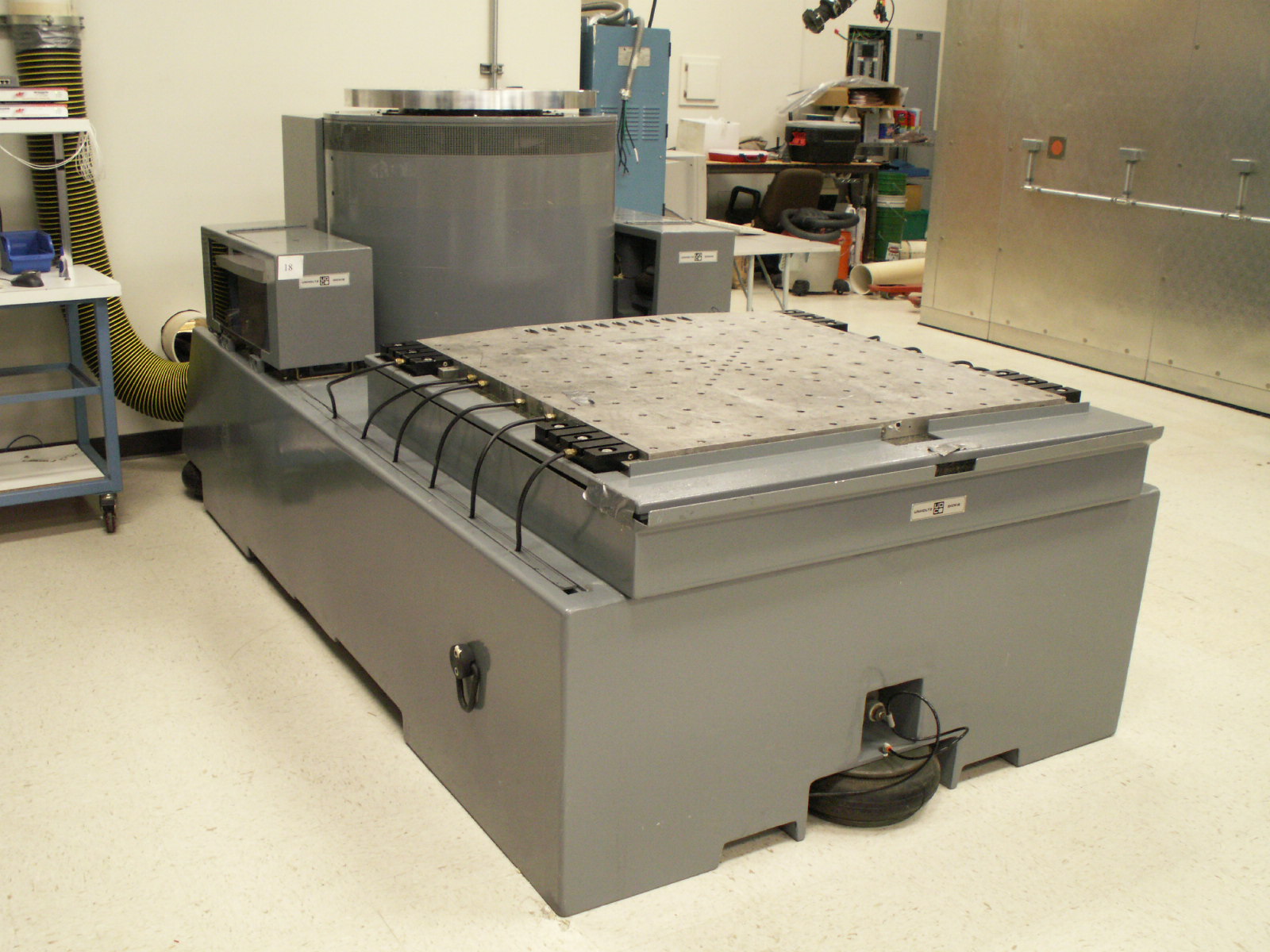
Shock Response Spectrum (SRS) is a frequency-based function that is used to indicate the magnitude of vibration due to a shock or transient event. SRS can quantify transient vibration from different events such as earthquakes to ballistic shocks.

SRS Testing Services and Simulation Facility
Testing products in the commercial, aerospace, and military industries requires shock testing that simulates impact, far drops, explosions, or high G force. Rocky Mountain Testing Solutions offers state-of-the-art equipment to help determine the various types of shock that your package can withstand.
Shock Response Spectrum analysis tests vibrations and shock frequencies and how this impacts your product. SRS testing utilizes multiple wavelengths and heights to determine what situations may cause damage to your product. Whether these situations are by human error or during the shipping process, knowing what the device is capable of will help you offer warranties or improve the product before sale.
Reach out today to learn more about our testing capabilities.
The Development And History Of Shock Response Spectrum
The shock response spectrum was first designed to characterize earthquakes and was used by the Navy in the 1960s to determine shock severity. It is now widely used as a tool for determining drop impact, launch forces, separation forces, or the effects of pyrotechnic situations.
Shock testing can describe transient events in more simple terms for developers or structure designers. Shock tests can replicate failures that happened during tests or when your products were transported. RMTS wants to help you avoid failures by performing these SRS tests before your product leaves your possession.
Damping Ratios
A damping ratio is a dimensionless measurement describing oscillations in a system after a disturbance. Damping ratios used for SRS measurements will be consistent through different wave frequencies to determine the response of the product to a drop or extreme vibration. For example, a damping of 5% is used for pyrotechnic events whereas earthquake testing uses a 2% ratio.

Standards For SRS Shock Testing
These are the primary standards for aerospace, commercial, international, and military test methods:
- MIL-STD-810 Method 516.5 Military/Classical Shock
- MIL-STD-883 Microelectronics Shock
- MIL-STD-202 Electronic Components Shock
- MIL-S-901 High Impact shock for equipment mounted on ships
- RTCA-DO160 Airborne Equipment Shock
- EIA-364-27 Mechanical Shock Test
- GMW 3172 General Motors Specification for Electrical/Electronic Components–Environmental/Durability
- IEC 60068-2-27 Shock
- IEC 60068-2-31 Rough handling shocks
- NAVMAT P-9492
- SAE J1455 Recommended Environmental Practices for Electronic Equipment Design in Heavy-Duty Vehicle Applications
- Customer Specified
Reach out today to learn more about our testing capabilities.
Pneumatic Drop Shock Table
The Pneumatic Drop Shock Table is a piece of equipment that is used to show how a product will withstand drops or intense shocks. The table uses compressed air to control the process of the drop. For example, a product or package will be placed on the table inside the machine, it will then be raised to a height that wants to be tested, and the air will quickly be released which causes the table to drop out from under the product. It will then drop from this height and you will then be able to analyze how the shock to the design impacted the product.
Testing the toughness of your products is done with pneumatic drops and is a true test of how repeated shock will break or affect the usefulness of a product. These tests help manufacturers improve the product and ensure it has features like shatter resistance or shock resistance.
Electro-Dynamic Shaker
This shaker mimics the vibrations of a speaker but doesn’t produce sound. A table is connected to an electromagnet and when the shaker is on, a current flows through the magnet and creates a magnetic field around the product you are testing. The field will react with a metal coil inside the machine and the coil will move the table rapidly. Those running the test will be able to change the amplitude and the frequency of the machine to determine how the product or item will react to vibrating or shaking situations.
